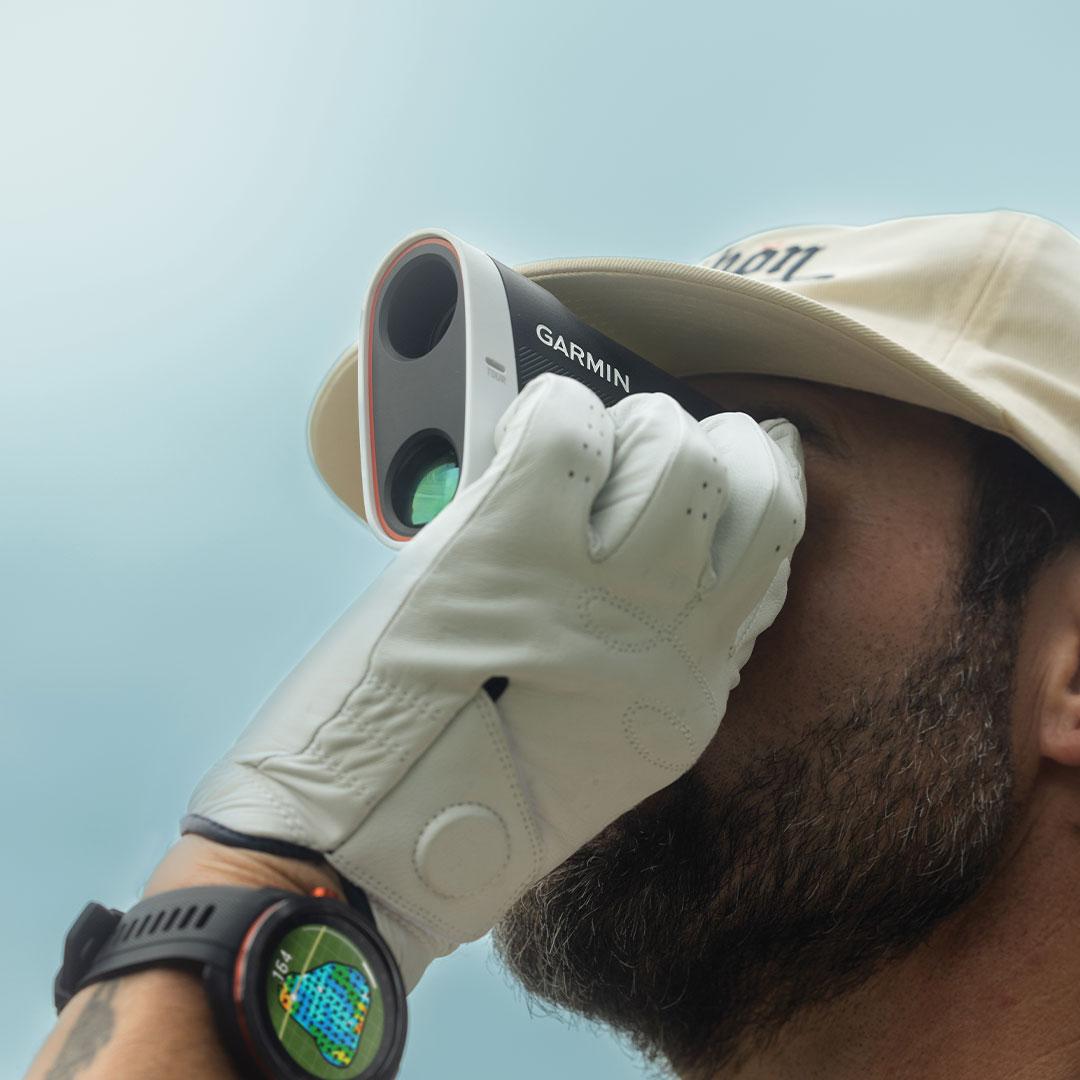We often hear this question from both beginners and intermediate players: "When should I use woods versus irons?" It's a crucial aspect of club selection that can significantly impact your golf game. In this comprehensive guide, we'll break down the key differences between woods and irons, discuss their ideal uses, and help you make informed decisions on the golf course.
Before we dive into when to use woods vs irons, let's quickly review what these golf clubs are and their general characteristics.
Include drivers and fairway woods (3 wood, 5 wood, 7 wood, 9 wood)
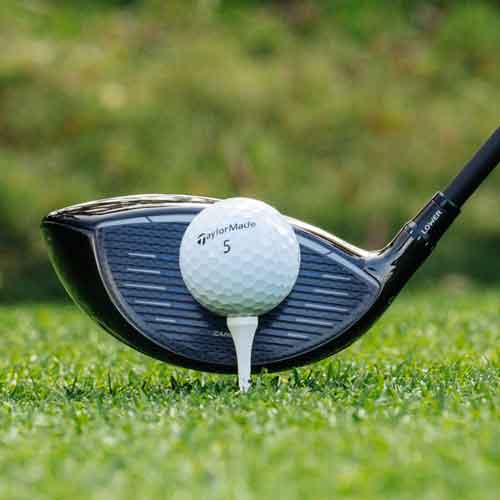
Numbered from 1 to 9, plus wedges (pitching wedge, gap wedges, sand wedge, lob wedge)
Have smaller, solid clubheads, usually made of forged or cast metal
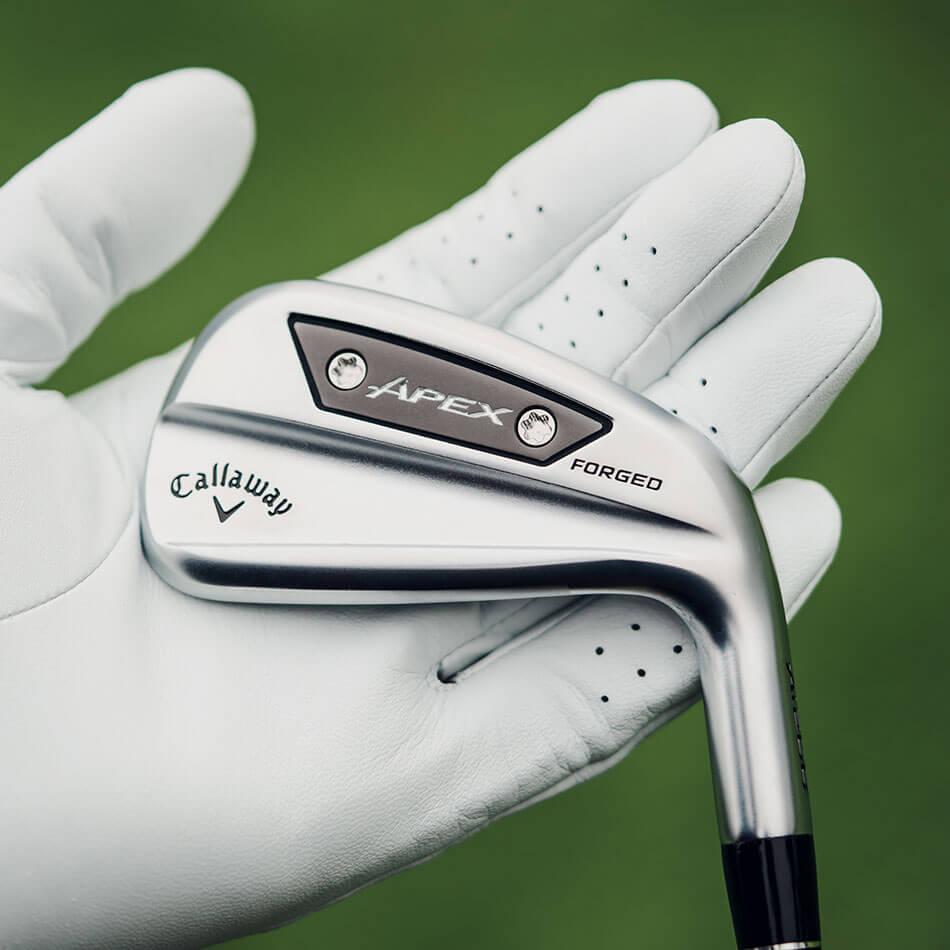
Combine features of both woods and irons, hybrid clubs have become popular in recent years. Many golfers use hybrid golf clubs to replace long irons, as they're often easier to hit consistently.
Now that we've covered the basics let's explore when to use each type of club.
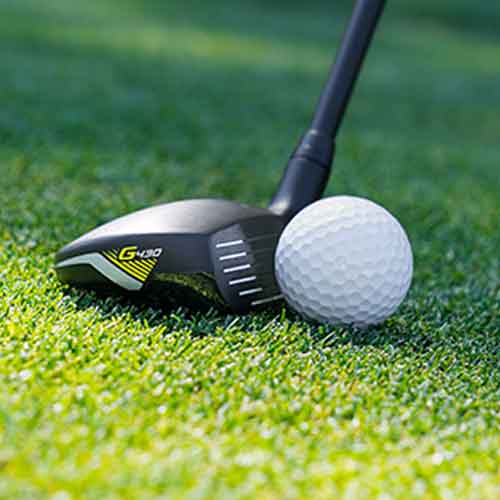
2.Fairway Shots on Long Holes
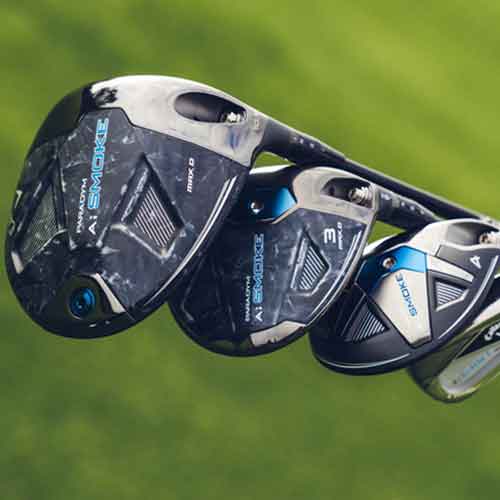
When to Use Irons
1. Approach Shots to the Green
2. Tee Shots on Shorter Holes
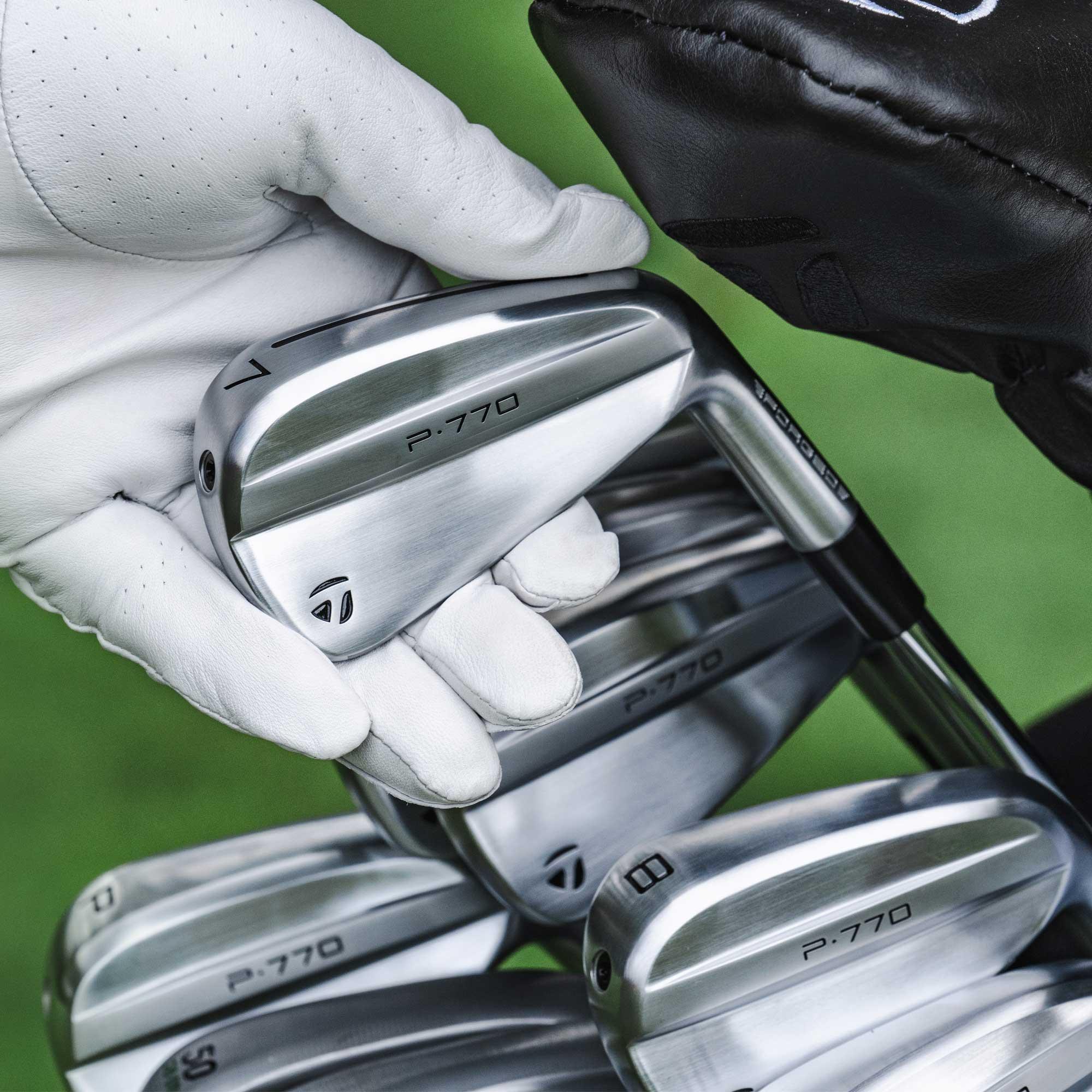
Factors Affecting Club Choice
While we've outlined general guidelines for when to use woods versus irons, several factors can influence your club selection:
Personal Skill Level
Course Conditions
Weather
Strategic Considerations
Comfort and Confidence
Hybrid Clubs: Bridging the Gap
Most golfers carry one or more hybrids in their golf bag to replace longer irons. The versatility of hybrid clubs makes them a valuable addition to many players' sets of golf clubs.
Practical Tips for Improving Club Selection
Know Your Distances
One of the most important aspects of club selection is knowing how far you typically hit each club. Spend time on the driving range or use a launch monitor to get accurate distance measurements for each of your clubs.
Practice with Both Woods and Irons
The more comfortable you are with all the clubs in your bag, the better equipped you'll be to make smart decisions on the course. Make sure to practice with woods, irons, and hybrids regularly.
Consider the Risk vs. Reward
Always weigh the potential benefits against the risks when choosing between a wood and an iron. Sometimes, the safer play with an iron is the smarter choice, even if it means sacrificing some distance.
Adapt to Course Conditions
Pay attention to how the ball is reacting on the course. If you're getting a lot of roll, you might be able to use a lower-lofted club. If the course is playing soft, you might need to club up.
Learn to Hit Different Shots
Develop the ability to hit high and low shots with both woods and irons. This versatility will give you more options in various situations.
Trust Your Pre-Shot Routine
Develop a consistent pre-shot routine that includes assessing the situation and confidently selecting the appropriate club. This can help reduce indecision and boost your confidence.
Mastering Your Club Selection: The Key to Elevating Your Golf Game
Choosing between woods and irons is a crucial skill that can significantly impact your performance on the golf course. While woods are generally used for longer shots and off the tee, irons offer more control and are versatile for a wide range of situations. Hybrid clubs offer a blend of characteristics from both woods and irons, providing additional options for many golfers.
Remember, there's often no single "right" answer when it comes to club selection. The best choice depends on various factors, including the specific situation, your skill level, and your comfort with different clubs. Don't be afraid to experiment with different options during practice rounds to find what works best for you.
At Golf Gear Direct, we're committed to helping golfers of all levels improve their game. Whether you're in the market for new woods, irons, hybrids, or any other golf equipment, our team is here to provide expert advice and help you find the perfect clubs for your game.
Keep practising, stay patient, and, most importantly, enjoy the journey of improving your golf game. With time and experience, you'll become more confident in your club selections, leading to better scores and more enjoyment on the course.
